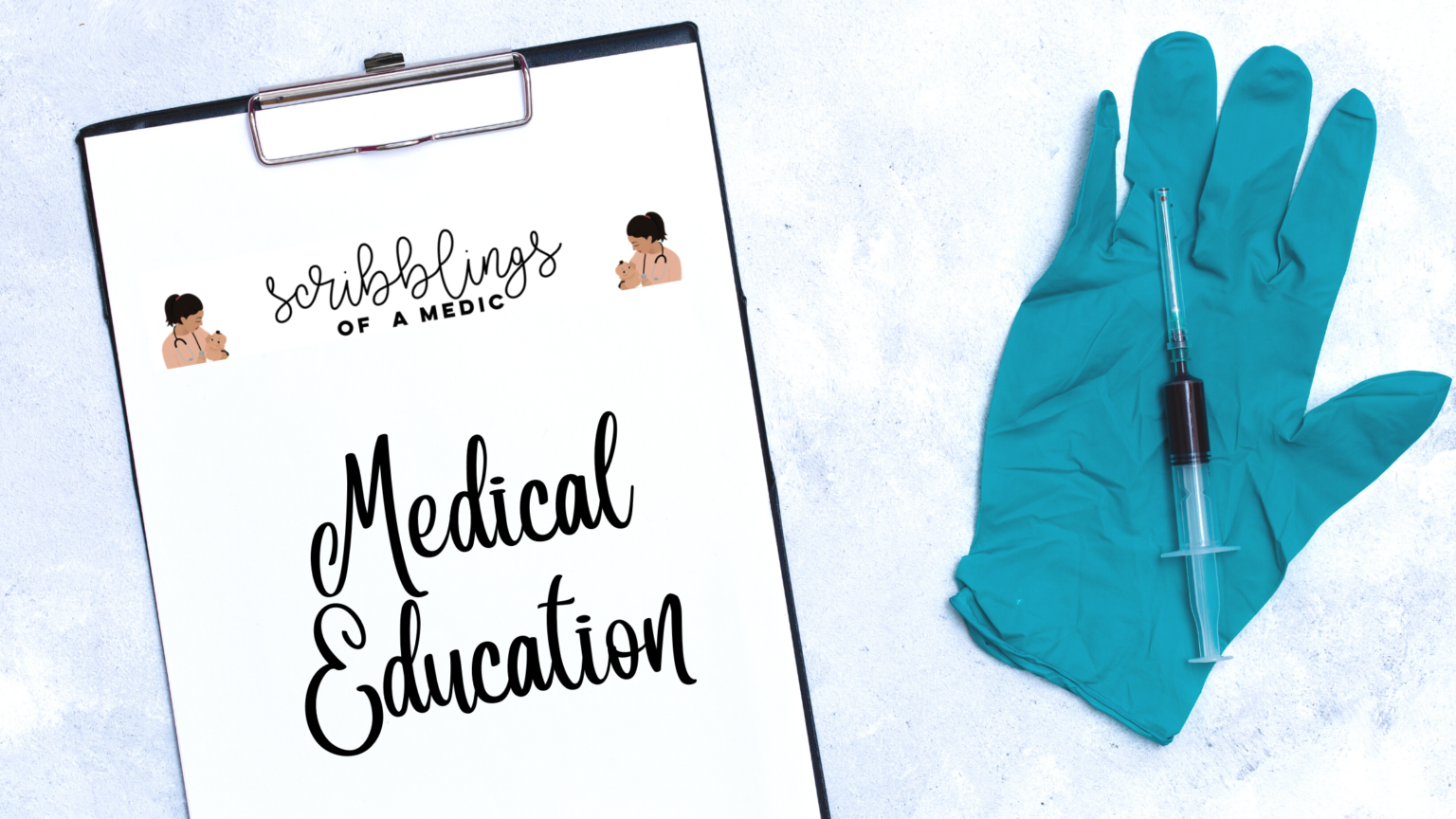Severe abdominal pain is a frequent presenting complaint to a surgical ward and it is not uncommon to see huge grown men writhing around in severe pain, screaming at you to save them. Kidney stones are a common suspect, but in a country with severe alcoholism, acute pancreatitis should also be at the back of your mind. Especially when you don’t get your typical signs that should be elicited with a kidney stone. Don’t forget the drug seekers – they do exist and will be recognised by the nurses who have been around for longer than you.
So what happened?
A 36 year old man was admitted to the surgical ward around 2 a.m. complaining of severe abdominal pain for 3 hours and asking for painkillers. The patient had been at a party and suddenly experienced sharp stabbing epigastric pain which he had been treated for with a diclofenac suppository. Unfortunately the patient had not told his physician that he was asthmatic (NSAIDs are not given to asthmatics as they can cause bronchospasm) and so when he came into the ward he was in respiratory distress with audible rhonchi.
Whilst gallstones are a common cause in the west, alcohol is the main cause in the asian continent. Below is an easy mnemonic ‘I GET SMASHED‘ to remember the causes of acute pancreatitis –
- I – idiopathic
- G – gallstones
- E – ethanol (a.k.a alcohol)
- T – trauma
- S – steroids
- M – mumps
- A – autoimmune
- S – scorpion stings (yes, who’d have thunk it?)
- H – hyperlipidaemia, hypercalcaemia
- E – ERCP
- D – drugs
In acute pancreatitis, there is inappropriate activation of the enzymes that are released from the pancreas and do auto-digestion, there is inflammation of the pancreas and other tissues that could lead to multi organ failure. So remember that acute pancreatitis is a systemic disease.
So what do you do?
So the patient has an acute severe asthmatic attack and hence you should manage that first with high flow oxygen and nebulizations with salbutamol and ipratroprium bromide. If it does not resolve then you should inform your seniors before administering steroids.
Luckily for me the patient resolved with nebulisations, but was still screaming in severe pain. After taking a quick focused history his main complaint was severe non-radiating epigastric pain for 3 hours (it normally radiates from front to back in acute pancreatitis) with nausea and vomiting. The pain was made worse on lying down. On examination the patient had tenderness in the epigastric area and despite having tachycardia, the patient was haemodynamically stable. The patient was non-icteric. Bowel sounds were heard, but be aware that acute pancreatitis can cause paralytic ileus so bowel sounds maybe absent. At the party he had ingested copious amounts of alcohol.
On examination specific signs of acute pancreatitis to look for are:
- Cullen’s sign – bruising around the umbilicus
- Fox’s sign – bruising around the groin
- Grey Turner’s sign – bruising on the flanks
The pain settled for a few hours with pethidine (an opioid). I did follow the pain control ladder, but as NSAIDs could not be given after tramadol there was nothing else I could really give him. With pethidine you must give an anti-emetic and phenergen is commonly given along with it, but remember that phenergen is not without it’s side effects. I’ve seen a child have visual hallucinations due to the administration of phenergen.
Investigations?
Blood investigations found elevated liver function tests and amylase, but a normal full blood count, CRP, serum creatinine and electrolytes. Serum lipase is more specific and sensitive for acute pancreatitis than amylase, however it is not widely available in Sri Lanka. Erect chest x-ray was also done (to rule out perforations – air under the diaphragm). If female you should do an urine hCG as in the case of any abdominal pain in an unmarried women, you need to rule out ectopic pregnancies. An ECG should also be done as the patient may be having an inferior myocardial infarction which you would most definitely need to find.

Either prognostic scores below can be used to assess the severity of pancreatitis and a score more than 3 indicates a possible severe attack. In order to assess the criteria, further investigations such as blood glucose, VBGs, calcium and albumin would be required. The severity of the condition indicates the level of management required.
It’s also important to find the cause of the pancreatitis, so ultrasound scans to rule out gall bladder stones and a detailed history for medications and alcohol use.

Management
The problem with this patient is that we weren’t sure if he was a drug seeker asking for opiates so we were initially restrictive with the painkillers until diagnosis of pancreatitis. Luckily for us his predictive score showed a mild attack and so he recovered quite easily.
For a mild attack the mainstay of treatment is supportive by keeping the patient nil by mouth with oxygen via facemask, IV fluids and painkillers. If in shock or dehydration, the patient must be first resuscitated with IV fluids. Morphine isn’t given as this can cause contraction of the sphincter of Oddi which controls the pancreatic secretions. NG tube is inserted if there is recurrent vomiting or paralytic ileus and antibiotics are given if you suspect infection. A urinary catheter is useful to measure the output and for purposes of fluid balance. When the pain and symptoms resolve then the patient can be started on oral fluids and eventually back on solids.
For severe attacks, the patient will need more specialised care such as in an ICU/HDU ideally. Painkillers and antibiotics are also given and the patient can be fed via an NG tube. Surgery is only done for some of the complications of acute pancreatitis such as infection, necrosis and pseudocyst formation. ERCP which can actually be a cause of pancreatitis can be done if you suspect a gallstone obstructing.
Complications of acute pancreatitis
- Necrosis of the pancreas
- Pseudocyst formation
- Pancreatic abscess
- Pancreatic ascites
- ARDS, pulmonary oedema or pleural effustions
- DIC
- Cardiogenic shock
- GI bleeds
An important part of further management is to stop it from recurring such as preventing alcohol consumption, stopping causative medication, managing lipids and calcium levels.
Important points
- Acute pancreatitis is obviously not as common as appendicitis/urinary colic, but should be remembered especially considering epigastric pain.
- Remember to rule out perforations by requesting erect chest X-rays as this is more serious.
- A normal amylase does not rule out acute pancreatitis as the serum levels of the pancreatic enzymes reduce over 3-4 days.
- Lipase though a better marker is not available everywhere.
- Acute pancreatitis can be found in children – there are a number of causes, but most have an unknown aetiology. Cystic fibrosis is common in the UK and is a cause of paediatric pancreatitis.





